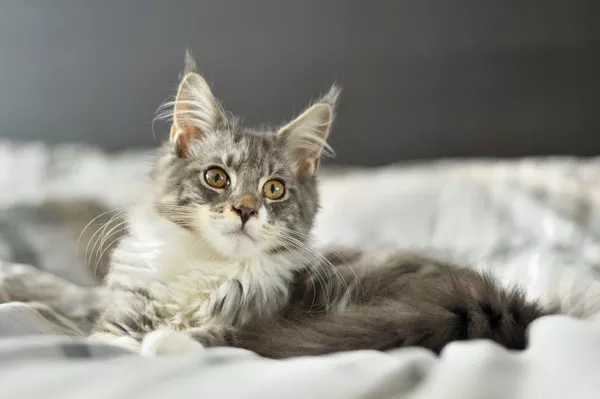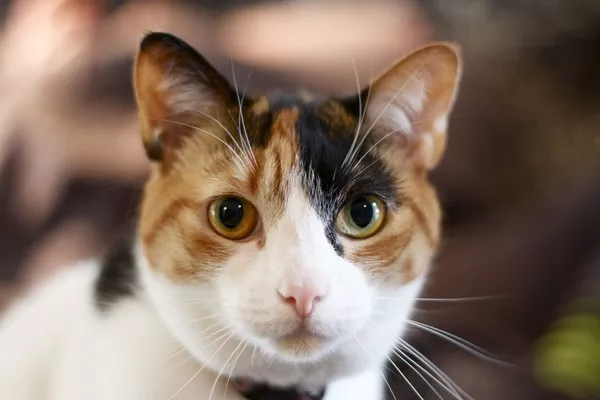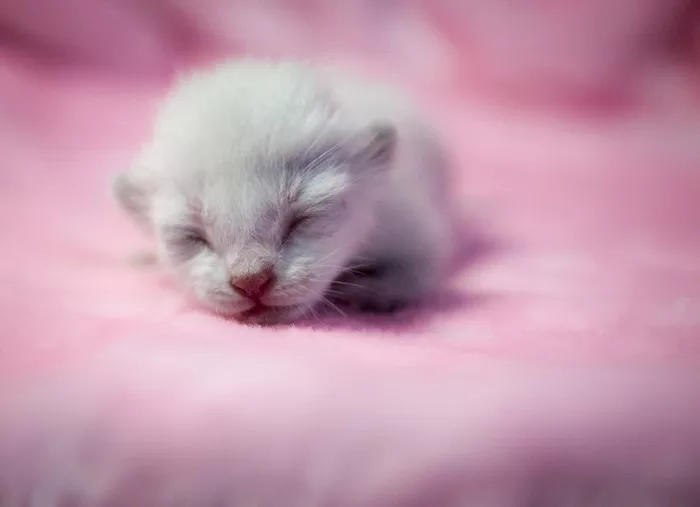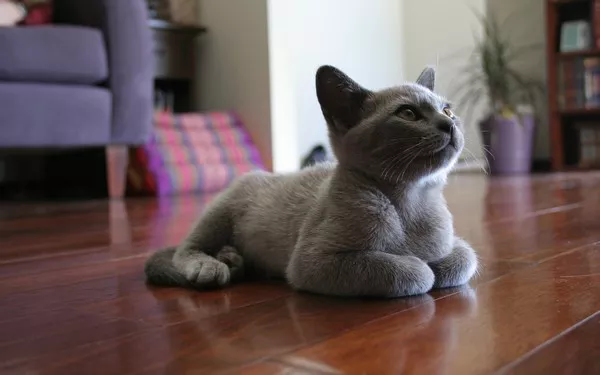Grooming plays a pivotal role in maintaining the health and well-being of a cat. As responsible pet owners, understanding when and how to groom our feline companions is essential for fostering a clean and comfortable environment for them. This article delves into the intricate details of grooming kittens, exploring the ideal age to commence grooming practices for kittens and offering insights into the techniques and tools that can be employed.
Understanding the Importance of Grooming for Kittens
Grooming is not merely a cosmetic concern; it is a crucial aspect of a cat’s overall health. For kittens, grooming serves several purposes:
1. Socialization:
Grooming contributes to the socialization process for kittens. When a mother cat grooms her kittens, it fosters a bond between them. As kittens grow, human interaction in the form of gentle grooming helps them become accustomed to touch, reinforcing positive associations with handling.
2. Health Monitoring:
Regular grooming allows pet owners to monitor the health of their kittens. It provides an opportunity to check for signs of parasites, skin conditions, or abnormalities that may require veterinary attention. Early detection of issues through grooming can lead to timely intervention and better outcomes for the kitten’s health.
3. Fur Maintenance:
Kittens, like adult cats, benefit from a well-maintained coat. Grooming helps prevent matting, reduces shedding, and minimizes hairballs. A clean coat is not only aesthetically pleasing but also contributes to the overall comfort of the kitten.
Commencing Grooming: The Ideal Age
The ideal age to start grooming a kitten is during the socialization period, which occurs between two to seven weeks of age. This is the time when kittens are most receptive to new experiences and are learning crucial social behaviors from their mother and littermates.
1. Early Handling:
Begin by gently handling the kittens from a very young age. Stroke their fur, touch their paws, and gently handle their ears and tail. This early exposure helps kittens become accustomed to human touch, making grooming a less stressful experience as they grow.
2. Introducing Grooming Tools:
Around three to four weeks of age, gradually introduce grooming tools. Start with a soft brush designed for kittens. Allow them to sniff and investigate the brush before gently brushing their fur. Positive reinforcement in the form of treats or affection can help create a positive association with the grooming process.
3. Gradual Progression:
As the kittens grow, gradually increase the complexity of grooming sessions. Introduce a comb to address any developing tangles or mats. Be patient, and always monitor the kitten’s comfort level. If they show signs of distress, pause the grooming session and resume at a later time.
Grooming Techniques for Kittens
1. Brushing:
Regular brushing helps keep a kitten’s coat clean and reduces shedding. Use a soft brush or grooming mitt to gently brush the fur in the direction of hair growth. Pay attention to areas prone to matting, such as behind the ears and around the neck.
2. Nail Trimming:
Nail trimming is a crucial aspect of kitten grooming. Use a pair of cat nail clippers and trim the tips of the nails, taking care not to cut into the quick. If unsure, seek guidance from a veterinarian or a professional groomer. Gradual exposure to nail trimming from an early age helps kittens become more tolerant of the process.
3. Ear Cleaning:
Check the ears regularly for dirt or wax buildup. Use a cat-friendly ear cleaner and a cotton ball to gently clean the outer part of the ears. Avoid inserting anything into the ear canal, and if there are signs of infection or discomfort, consult with a veterinarian.
4. Bathing:
While most kittens groom themselves effectively, there may be instances where a bath is necessary, such as in the case of accidental messes or skin conditions. Use a cat-specific shampoo, ensure the water is lukewarm, and gently bathe the kitten, supporting them securely throughout the process.
Challenges in Kitten Grooming and How to Overcome Them
1. Resistance to Grooming:
Some kittens may resist grooming initially. To overcome this, associate grooming with positive experiences. Offer treats, praise, or playtime before, during, and after grooming sessions. Gradually increase the duration of grooming, allowing the kitten to acclimate at their own pace.
2. Matting and Tangles:
Long-haired kittens are prone to matting and tangles. Regular brushing helps prevent these issues. If mats are present, use a comb to gently work through them. If the matting is extensive or close to the skin, seek professional grooming assistance.
3. Fear of Tools:
Kittens may be initially afraid of grooming tools. To alleviate this fear, let them investigate the tools at their own pace. Use treats or playtime to create positive associations with the grooming tools.
When Professional Grooming is Necessary
While regular at-home grooming is essential, there are instances where professional grooming may be necessary:
1. Severe Matting:
If a kitten’s fur becomes severely matted and cannot be addressed at home, seek the expertise of a professional groomer. Attempting to remove extensive matting at home may cause distress to the kitten and risk injury.
2. Behavioral Challenges:
If a kitten exhibits aggressive behavior during grooming, professional groomers with experience in handling feline clients can provide assistance. They have the expertise to manage challenging behaviors and ensure the safety of both the groomer and the kitten.
3. Health Issues:
If you notice any signs of skin conditions, infections, or abnormalities during grooming, consult with a veterinarian. Professional groomers can work in collaboration with veterinarians to address specific health-related grooming needs.
Conclusion
Grooming is a fundamental aspect of caring for a kitten’s health and well-being. By starting grooming practices at an early age, pet owners can instill positive associations with the process and ensure that kittens grow up accustomed to regular grooming. Patience, positive reinforcement, and gradual progression are key elements in successful kitten grooming.
Understanding the specific needs of a kitten’s coat, nails, and ears allows pet owners to address grooming challenges effectively. While at-home grooming is a routine responsibility, seeking professional assistance when faced with severe matting, behavioral challenges, or health issues ensures that a kitten receives the best possible care.
In conclusion, the age at which grooming should commence for a kitten is during the critical socialization period, around two to seven weeks of age. By incorporating grooming into the routine of caring for a kitten, pet owners contribute to their feline companion’s long-term health, comfort, and overall happiness.


























